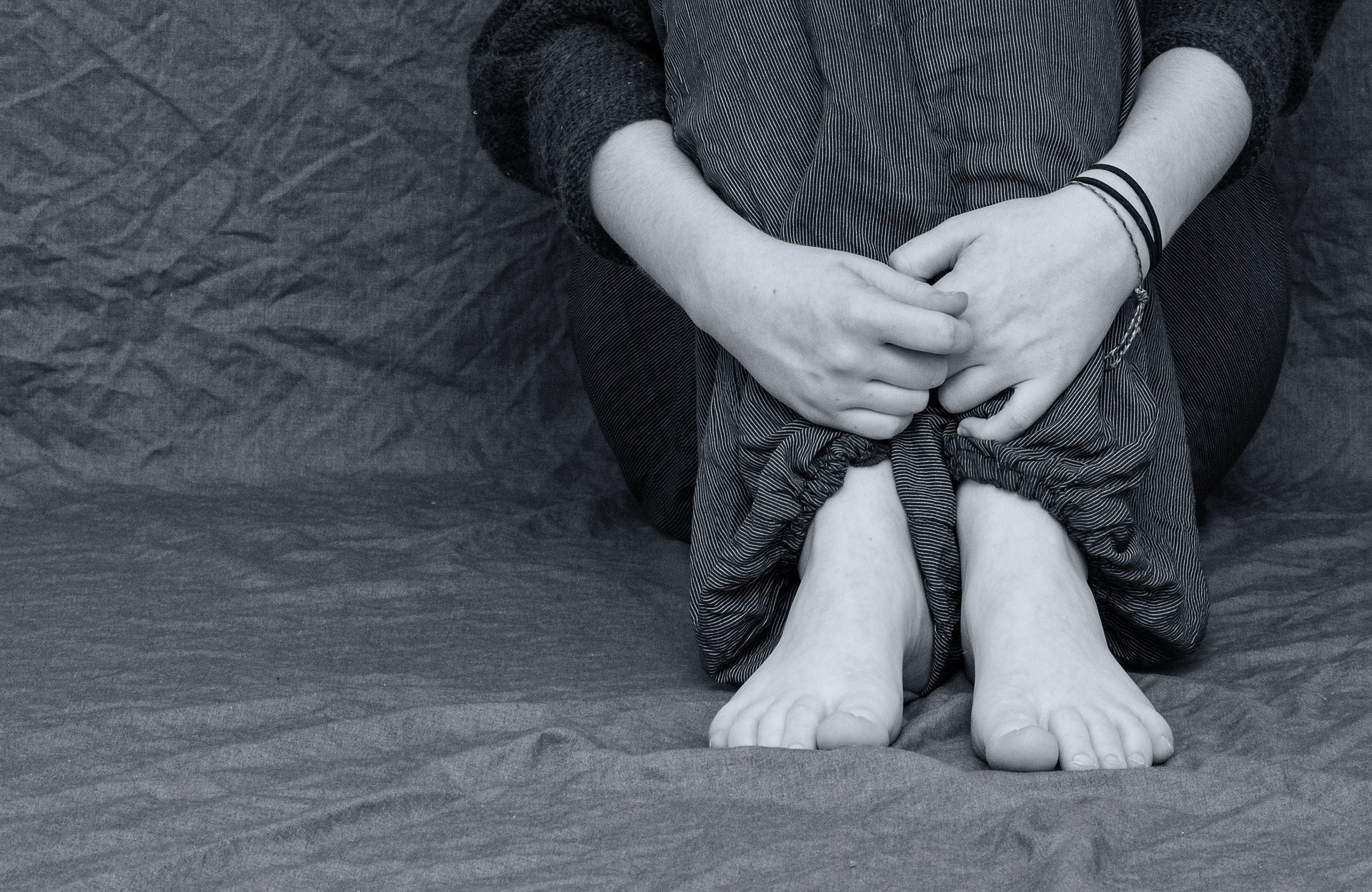Mental Health 101: Depression (Part 1)
When we talk about health, we mostly focus on our physical health and barely even graze the surface of mental health. In this blog series, we go through all the types of mental health that you might suffer from, their symptoms, treatment and everything you need to know about them. You need to take care of your mental health as much as you take care of your physical health because both your interior and exterior need to be in good shape. By talking and being more open about our mental health issues, we are slowly but surely destigmatizing the topic and making it easier for people to cry out for help.
What is depression?
It is the feeling of extreme sadness, worthlessness and often hopelessness that both mental and physical symptoms can accompany. It is a feeling of sadness that seems to take over your life, impact how you live your life, and cause you to not function normally. It is also known as clinical depression or depressive disorder and affects how you live your day-to-day life (including but is not restricted to how you sleep, eat and work). It is a mental illness that can affect anyone of any age, sex, creed, sexuality, or gender.

According to research, depression is a more common illness than you might think; it affects about 3.8% of the global population, which is approximately 266 million people. Research on depression highlights that one’s environment, genetics, biology, and psychology can be integral factors that make one more prone to depression and depressive episodes. Depression can have many effects on someone, but the worst can be that it leads people to commit suicide; according to WHO, approximately 700 000 people commit suicide each year and is the fourth leading cause of death for those between 15 to 29.
Symptoms and signs of depression:
- Aches or pains, cramps, headaches, or digestive problems without a clear cause
- Change in appetite or unplanned weight changes
- Decreased energy, or fatigue
- Difficulties concentrating, remembering, or making decisions
- Difficulties sleeping (waking too earlier or oversleeping)
- Feeling guilty, worthlessness, or helplessness
- Feeling hopelessness or pessimism
- Feeling irritable, frustrated, or restlessness
- Loss of interest or pleasure in hobbies or activities
- Persistent sadness, anxiousness, or in an empty mood
- Suicide attempts, thoughts about suicide
Different types of depression
There are two major types of depression which are major depression and persistent depressive disorder.
- Major depression includes symptoms of depression that last for at least 2 weeks and typically interfere with one’s ability to work, eat, sleep and/or study.
- Persistent depressive disorder, also known as dysthymia, often lasts much longer than typical major depression and typically lasts for at least 2 years.

Other forms of depression are:
- Depression with symptoms of psychosis– it is a severe form of depression where the person can experience psychosis symptoms such as hallucination- hearing or seeing things that are not there- and delusions- disturbing and false fixed beliefs.
- Perinatal depression– Also known as postpartum depression, this usually occurs, as the name suggests, to people who face major depressive episodes during their pregnancy or after their delivery.
- Seasonal affective disorder comes and goes alongside the seasons, as its name clearly suggests. It typically starts in late fall and early winter and usually goes away during spring and summer.
To read more about depression, click on the link and learn more about how it is diagnosed and might be treated. Remember, if you don’t feel like talking to anybody in your close circle, there are always people out there who are willing to help you. Depression is a serious mental issue that needs to be addressed head-on and by doing this, we remove the stigma that is associated with the subject and this will make people be more open about it.




2 Responses
[…] of us value our physical health more than our mental health. To learn more about depression, read part one of this blog series. Your body should be a temple, and you should take care of it as such and not […]
[…] in the most extreme case like with agoraphobia, may even prevent you from leaving your home. About 40 million Americans suffer from anxiety disorder and it is among the most common mental illness in the country. […]